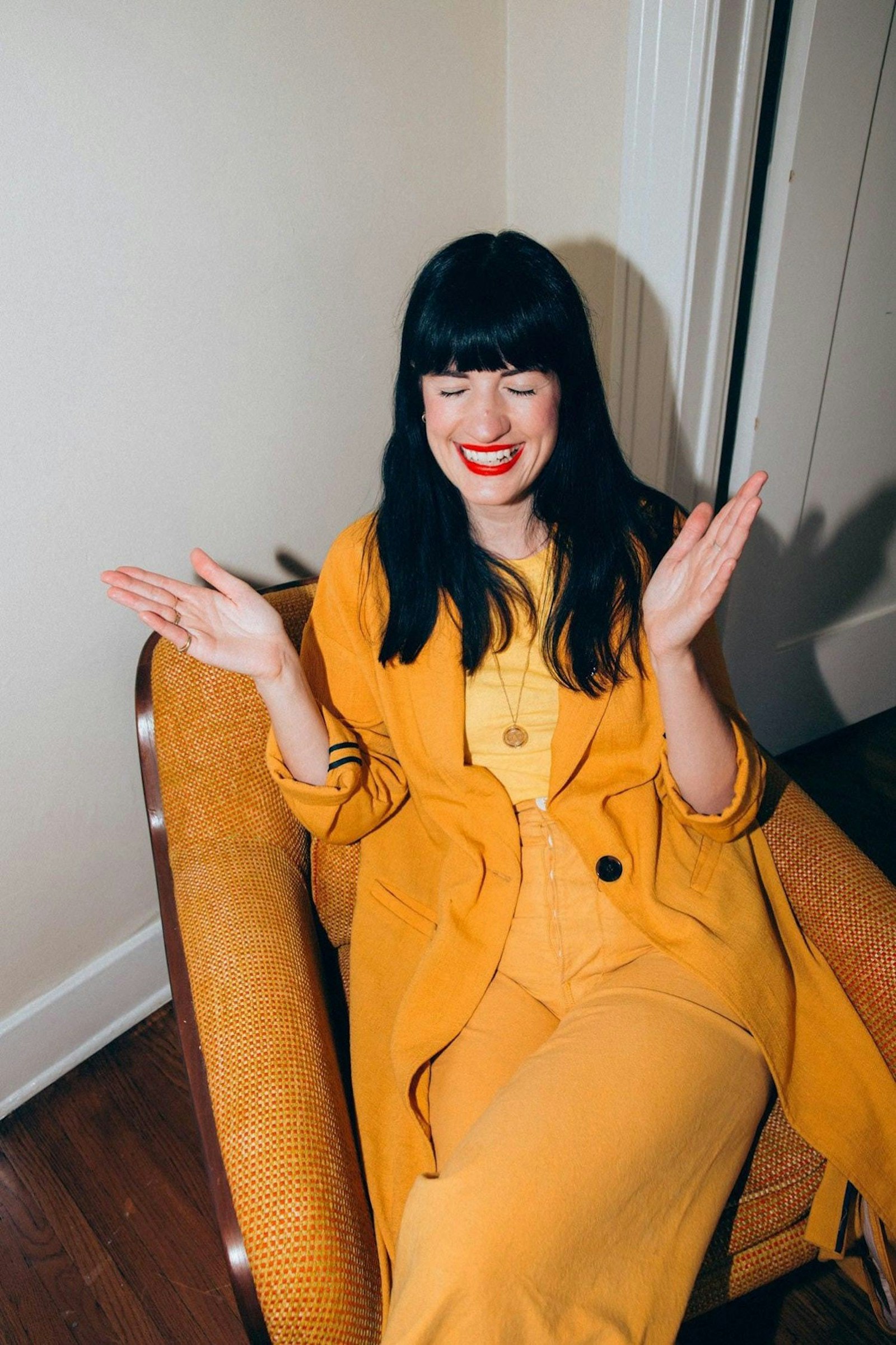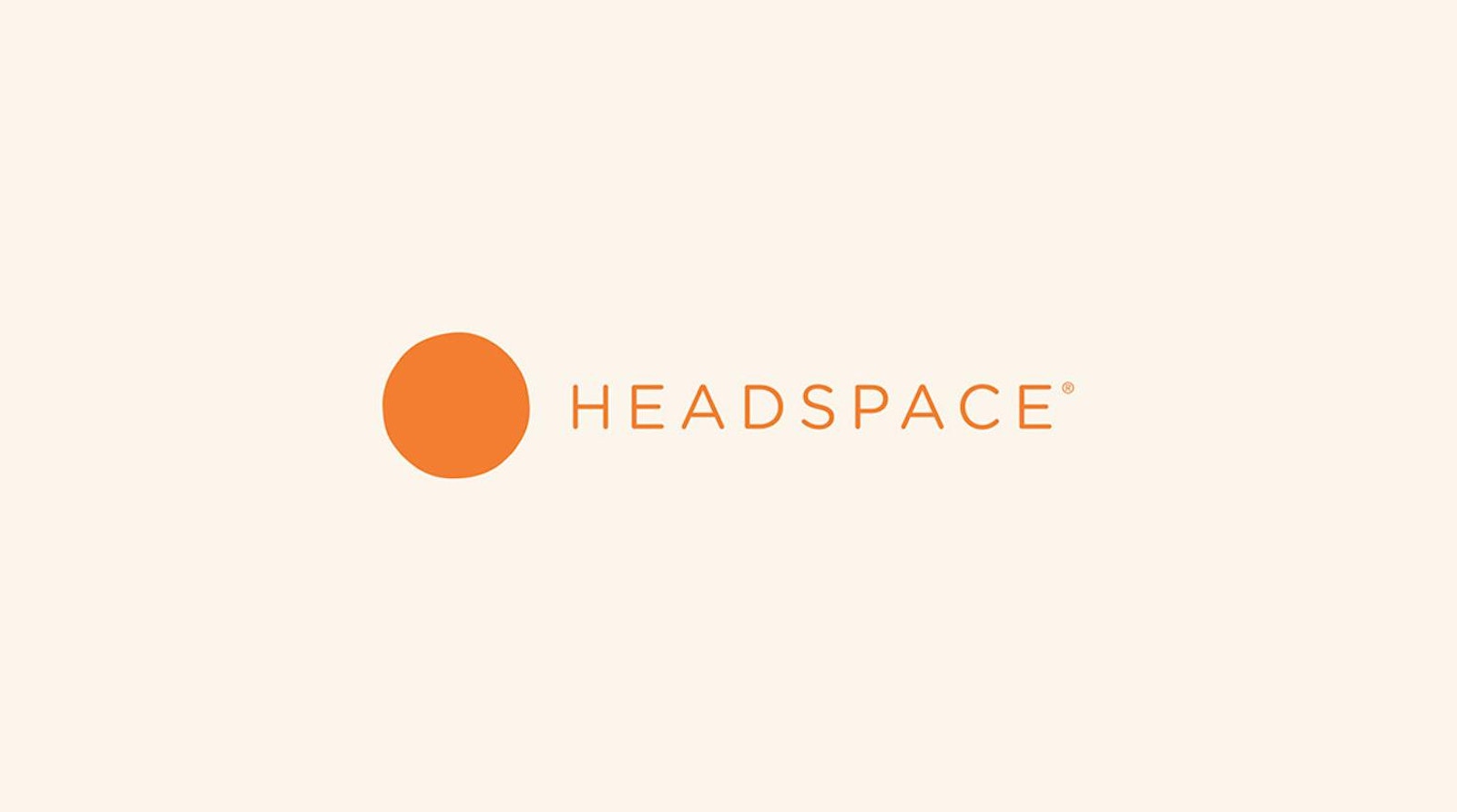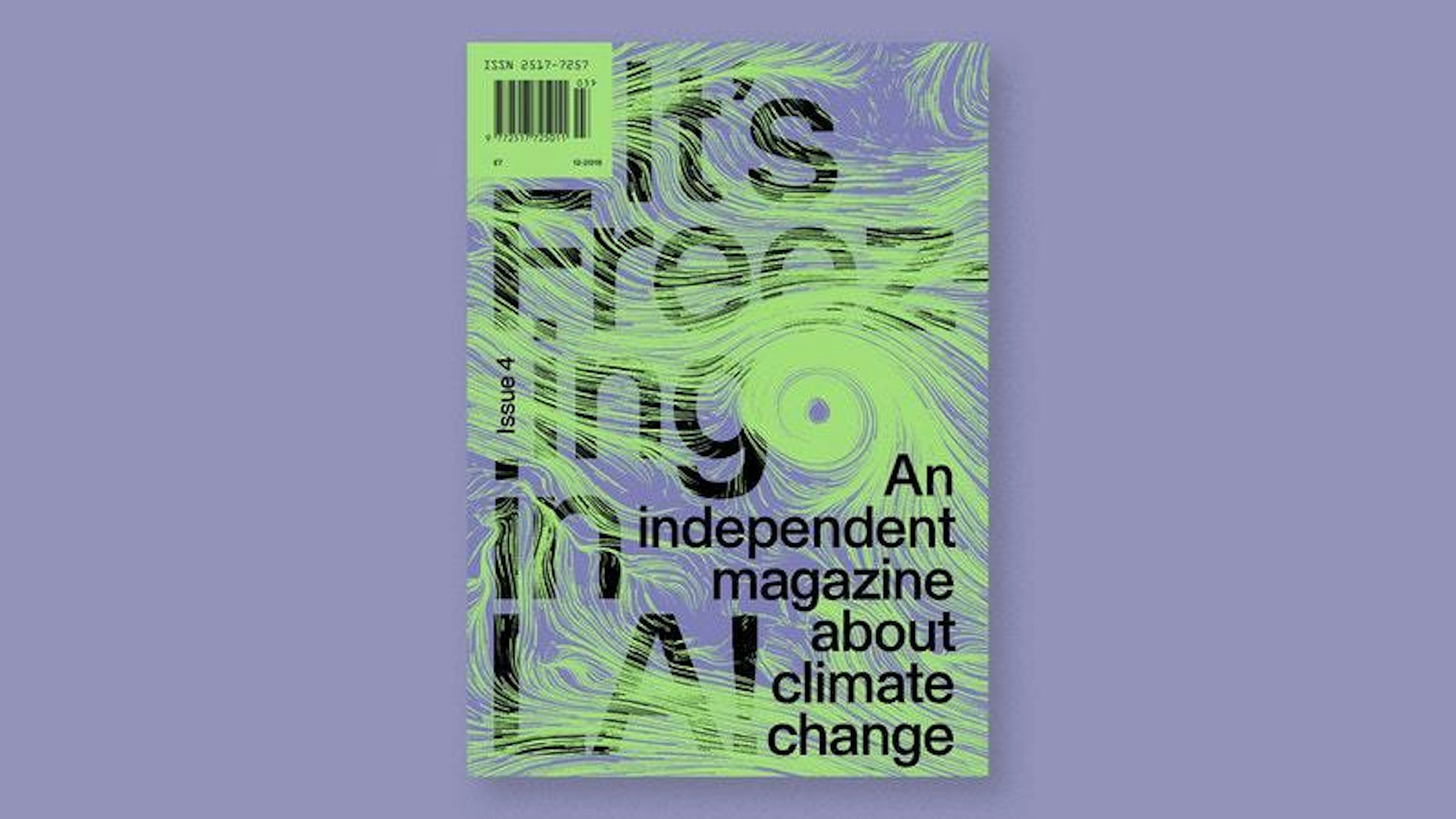How to design for meditation: Designer Anna Charity on developing the Headspace brand
When Anna Charity was first introduced to meditation company Headspace, she wasn’t exactly a believer: “I had always been put off by the hippy vibe I associated with meditation,” she admits. But in accepting the challenge to demystify the practise and make it feel “as normal as brushing your teeth”, Anna became a convert. Joining in 2011, Anna worked on everything from the brand’s illustration style to the first version of the app. Seven years later and Headspace is now a globally recognised brand. Having moved between LA and London in that time, and now on a creative sabbatical, Anna tells us more about the design thinking behind the Headspace app, and what challenges she feels the future holds.

Anna Charity
Job Title
Freelance Creative Director, Designer, Illustrator
Based
London
Previous Employment
Head of Design, Headspace (2017–2018)
Creative Director, Headspace (2012–2017)
Senior Designer, Headspace (2011–2012)
Freelance Senior Designer, Albion, The Mill, B-Reel (2010–2011)
Senior Designer, Lean Mean Fighting Machine (2008–2010)
Designer, Specialmoves (2005–2008)
Place of Study
BA Illustration, University of Brighton (1999–2002)
Website
Social Media
Day-to-Day
Could you tell us about your previous job at Headspace?
I initially joined the team in 2011 to work on the overall brand art direction – from the illustration and animation style to the first version of the app. For a long time there was just two of us on the design team. As we began to grow, I naturally took on more of a leadership role, but I was always very hands on.
How did you land the job?
A mutual friend showed my portfolio to Rich Pierson (the co-founder and CEO). He was looking for someone to bring to life their guided meditation content via an app – the first of its kind at the time. Interestingly I had always been put off by the mysticism and hippy vibe I associated with meditation. So it was obviously a very exciting challenge to create an experience that served to demystify meditation – and which spoke to the likes of me!
“Meditation is a skill, but it’s also a really hard thing to explain.”
You moved from London to Santa Monica. How does living and working in the US differ to the UK?
Having lived in London for 10 years, uprooting and starting all over again in my thirties was tough. But it was the best decision I’ve made. It’s interesting how an English-speaking country can feel so culturally different. Headspace is still a British company at heart which is reflected in the company culture, so I don’t think I experienced a typical US working environment.
From a living perspective, LA is a bit of an anomaly compared to other US cities. It’s a sprawling mass of frustrating logistics and contradictions. But once you penetrate that glitzy surface layer, it’s a richly textured city, not forgetting the incessant sunshine! Adapting to a new environment without losing any preconceived idea of myself was challenging, but I found solace in learning to embrace the change.

What were some of the design challenges involved in your work at Headspace?
Overall, the biggest challenge was creating a meditation brand that felt like it was for everybody. Meditation is a skill, but it’s also a really hard thing to explain. Plus it has a lot of clichés attached to it. We had to think: How do we design something that counters the historically entrenched aesthetic of meditation? How do we break down the concept in a way that everyone understands? And how do we make meditation feel as normal as brushing your teeth?
The mind is a complex place, and it isn’t always an easy place to inhabit (which is why meditation is so valuable). We knew we had to develop a style that translated these ideas in an approachable and relatable way. Animation and illustration became integral to the brand. By using characters and storytelling, we could break down the barriers of a tough subject matter, and present it in a light-hearted but sensitive way. Characters are a great vehicle to represent the weirdness inside your head; it feels playful and memorable as result. Just before I left, we wrapped up a two year working relationship with Nexus, who created all of the incredible animations that shape the current product.
We wanted to offer a more honest insight into meditation, rather than the mystical faraway imagery that people don’t necessarily relate to. Headspace is about using meditation to deal with our daily life challenges, and less about zoning out or escaping our problems.
All of the narration and stories come from Andy (co-founder and voice of Headspace) which he learnt on his journey towards becoming an ordained monk. So although it’s his voice telling these stories, they are much older than him. And the fact that we have access to these incredible stories means we can talk about meditation in a compelling way.
You’ve since left to go on a creative sabbatical – what inspired your decision to leave?
After an incredible seven years, it was time to do something different and explore new ways of expressing myself creatively. I felt like I’d accomplished all I wanted to do there. Plus, there was a mountain of personal projects that had built up over the years, and which I was keen to pursue!
But leaving Headspace also meant leaving LA, because I was beholden to a work visa. So it was a huge decision, mentally and logistically – especially as I started to feel settled after four years of living there. I did consider working elsewhere, but to be honest the idea of going straight into another full-time position suffocated me a bit.
I think there is a natural tendency to move on to a new chapter too soon, without having time and space to reflect and let go of the old life, especially when you have experienced a lot of change in a short space of time. I feel really lucky to have this opportunity to take some time out, so I’m going to try and make the most of it!
Where does the majority of your work take place today?
I’m really fortunate to have just acquired a studio space in Hackney that I share with the lovely Alec Doherty, Margeaux Carpentier and Nicolas Burrows. The plan is to put in motion some of the projects that have been brewing over the years. It’s really important for me to be surrounded and inspired by people who share a creative mindset – otherwise I’ll spend most of the day procrastinating, questioning life and making 78 hour Spotify playlists!
What skills are essential to your job?
Open mindedness, being adaptable to change, not taking things too seriously, and a willingness to explore outside your comfort zone.
“Having lived in London for 10 years, uprooting and starting all over again was tough. But it was the best decision I’ve made.”
What tools do you use most for your work?
Aside from the obvious, a pencil and paper is the most important for me. Moving your hand across a page feels free and liberating and I always make a conscious effort to formulate an idea through these means before I switch on the computer.
If you could recommend one resource what would it be?
The Artist’s Way. It’s a book that essentially helps you to unlock and unblock creativity. One of the core exercises involves writing whatever comes to mind at the start of every day. It’s been hugely beneficial for my productivity, and feels very liberating to express a slow stream of consciousness onto paper first thing in the morning.

How I Got Here
What did you want to be growing up?
A lot of things! A musician, an artist, an architect. I knew I always wanted to do something in the creative field.
What skills have you learnt along the way?
Being adaptable and open to change, especially within the shifting tides of technology and design. It’s hard to ignore the multiple disciplines: you’ve got UX, product UI, art direction, service design, interaction design, design research, the list goes on. Design has also become part of the conversation so much earlier in the process now. It’s great that people who aren’t designers recognise the need for this, but it inevitably results in having to juggle a lot of opinions, and getting that balance right.
What’s been your biggest challenge?
Learning to adapt from an individual contributor role to one of leadership and management. I learnt to steer someone in the right direction without being too hand-holdy; to step back and trust someone else’s process, and when to delegate. It’s so important to let go of your ego and empower someone else.

Thinking Ahead
What would you like to do next?
Well this is the whole purpose of the sabbatical. It was hugely rewarding to work on a brand like Headspace, it’s had such a tremendous influence on people’s lives. I’d like to continue working on projects that have this kind of impact, not just on people but the planet too. I learned a lot about breaking down assumptions and demystifying a lofty subject. I’d like to do that with something like death (actually something I’m currently working on), another topic that’s weighted in taboo, especially in the Western world.
Words of Wisdom
What advice would you give to an emerging creative wanting to do the same kind of work?
Be honest with yourself about what you’re good at. And what you’re not so good at. Focus on what really makes you passionate. Don’t assume anything, question everything. Don’t underestimate the power of self-initiated work, that’s how you discover your real creative juices. Keep nurturing and feeding those personal projects, and it will manifest into everything else you do.
Interview by Marianne Hanoun
Mention Anna Charity
Mention Headspace
Mention Nexus Studios



